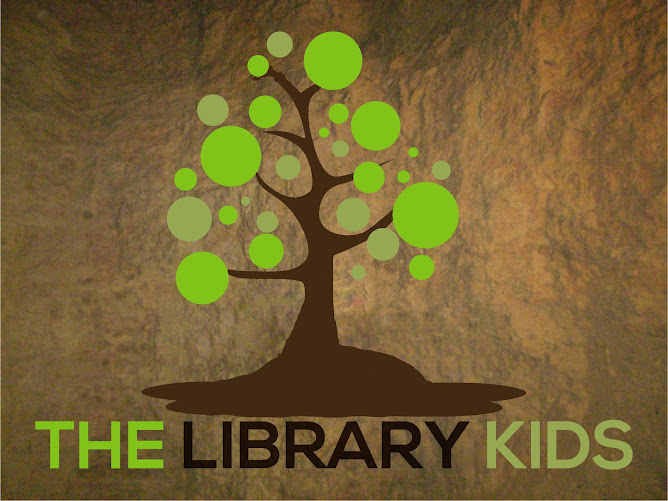This is the cave that Zeus was hidden in, from his father by his mother Rhea. There is another Mt. Ida in Turkey (known as Anatolia).
In Greek mythology, two sacred mountains are called Mount Ida, the "Mountain of the Goddess": Mount Ida in Crete; and Mount Ida in the ancient Troad region of western Anatolia (in modern-day Turkey) which was also known as the Phrygian Ida in classical antiquity and is the mountain that is mentioned in the Iliad of Homer and the Aeneid of Virgil. Both are associated with the mother goddess in the deepest layers of pre-Greek myth, in that Mount Ida in Anatolia was sacred to Cybele, who is sometimes called Mater Idaea ("Idaean Mother"),[1] while Rhea, often identified with Cybele, put the infant Zeus to nurse with Amaltheia at Mount Ida in Crete. Thereafter, his birthplace was sacred to Zeus, the king and father of Greek gods and goddesses.[2]
Crete's Mount Ida is the island's highest summit, sacred to the Goddess Rhea, and wherein lies the legendary cave in which baby Zeus was concealed from his father Cronus. On the flank of this mountain is the Amari Valley, the site of expansion by the ancient settlement at Phaistos.[3] Its modern name is Psiloritis. The surrounding area and mountain used to be very wooded. "Today small parts of landscape sill hold its wooded areas, especially in areas near Kouroutes, Kamares, Vorizia, and Zaros. Although, some of the these wooded areas still exist the main part of Ida is very rocky with very little formidable vegetation. According to Crete travel guide there is only 4-5 ways to trek the mountain. "You must drive to Anogia village and then to Nida plateau (1hr 30 min from Heraklion) and park your car at the restaurant. There is only this building on the plateau so you can't miss it. Walking starts here, along the dirt track leading to Idaion antron."
by Rita Jean Moran (www.thelibrarykids.com)
Sources:





